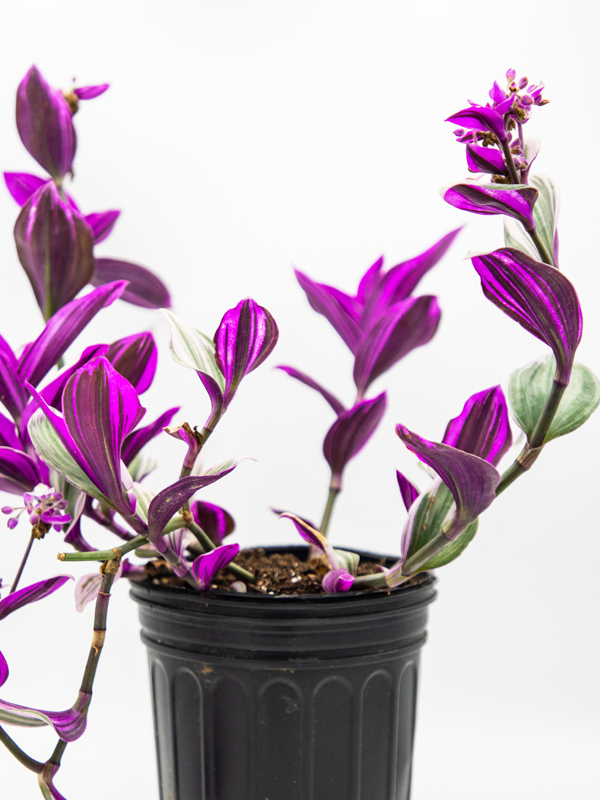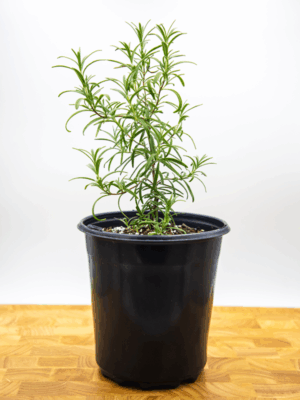Description
Our Purple Variegated Tradescantia delivers unmatched visual impact with its lush trailing habit and bold leaf colors: deep royal purples streaked with silvery greens and hints of magenta. This tropical perennial adapts beautifully to both indoor and outdoor settings, bringing year-round color to your home or garden.
Tradescantia is perfect in hanging baskets, window boxes, or as a tabletop accent, it’s equally stunning when allowed to spill over the edges of patio planters. Outdoors, it thrives in partial shade; indoors, it prefers bright, indirect light to keep its colors vibrant.
This Tradescantia variety is not only beautiful but also easy to care for, making it an ideal choice for both beginner plant parents and experienced collectors. Locally grown here in Southern Maryland, these starter plants are healthy, vigorous and ready to take root in your space.
Product Details:
• Plant Type: Tropical perennial grown indoors year-round or outdoors as an annual in cooler climates
• Size & Care: 6–12 inches tall; trailing stems can reach several feet; bright, indirect light indoors or partial shade outdoors, well draining soil, moderate water, allow topsoil to dry before watering, low maintenance, pinch stems to encourage fuller growth.
• Growth Habit: Trailing with succulent-like stems and purple variegated foliage accented by silvery-green striping.
• Ideal For: Hanging baskets and window boxes, indoor houseplant displays, patio or porch planters, color accents in mixed container gardens and cascading greenery on shelving or plant stands
• Availability: Local pickup only at 40 Day Living Urban Farm & Plant Nursery (Clinton, MD); no shipping available
Support local farming while enhancing your green space. We look forward to meeting you when you pick up your plant!
Disclaimer: This plant has historically been associated with the common name “Wandering Jew.” We choose not to use that name because it carries negative historical and cultural connotations. Instead, we use the more neutral and respectful name “Inch Plant.” You can learn more about the origins of the older name and why we’ve moved away from it in our post here.






